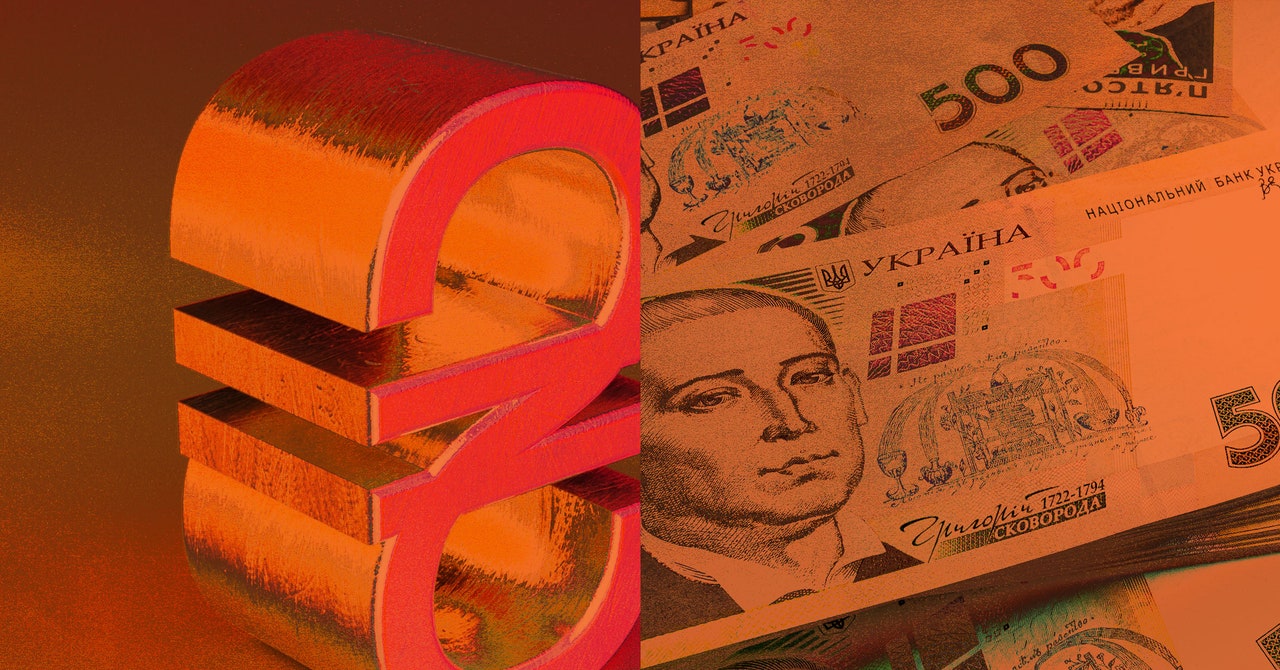Allied governments and humanitarian organizations have supplied tens of billions of dollars in aid to support refugees. But, as in past crises, figuring out the right way to get aid to people has been a huge challenge. For people who have been displaced, the best support is cash. Unlike in-kind assistance like food or clothing, cash can be used for anything, and it’s flexible for when circumstances change. “We always ask ourselves: Why not cash?” says Carmen Hett, treasurer for the United Nations High Commission for Refugees (UNHCR), the UN refugee agency.
In Defense of the Future
The humanitarian sector has historically been reluctant to distribute cash to refugees over fears—since debunked by multiple studies—that the money would be squandered on so-called temptation goods, like alcohol or tobacco. But cash has played a bigger role than ever in the Ukraine crisis. Nearly half of all of the aid delivered by the Disasters Emergency Committee, a coalition of UK-based charities, in the first six months of the war was in cash.
However, cash is difficult to move around. It either has to be shipped physically by the pallet-load into war zones and disaster areas, creating logistical and security headaches, or delivered electronically via the traditional banking system, the rigidity of which can pose problems for people whose documentation has been lost.
Recognizing these limitations, the UNHCR has moved to deploy an alternative system, partnering with the Stellar Development Foundation, a nonprofit that supports the growth of the Stellar blockchain network. The two organizations are working alongside money transfer company MoneyGram and Circle Internet Financial, issuer of the USDC stablecoin, to rig up a system for sending aid directly to Ukrainian refugees using crypto. Cryptocurrencies have often been dismissed as being useful only for financial speculation, but in Ukraine the technology may be a solution to a real-world problem.
“This project is a prototype but a very real one,” says Dante Disparte, chief strategy officer at Circle. “If you can solve the gaps in money logistics in such an acute conflict, it stands to reason that these types of innovations would be meaningful” in other contexts too.
The system works like this: The UNHCR delivers USDC, a crypto coin locked to a $1 valuation and hosted on the Stellar network, to a digital wallet that can be accessed via smartphone. The recipient then exchanges their coins for local currency at any MoneyGram facility.
The UNHCR is also using standard bank transfers to distribute aid. However, as Hett says, although the Ukrainian banking system has so far proven resilient, if a bank were to fail, its customers would be left without access to the aid in their accounts. But a stablecoin is hosted on decentralized infrastructure and in the custody of individual wallet owners, which means funds cannot be withheld. Digital wallets are also available to people who don’t have a bank account.
The Ukrainian government has put in place strict capital controls to prevent money from flowing out of the local economy, meaning that refugees who have left the country face restricted access to funds in their bank accounts. But stablecoins are geography-agnostic; the only restriction in this context is the proximity of a MoneyGram location, of which there are 4,500 in Ukraine and roughly 350,000 worldwide.
Crypto has been tapped to collect donations during humanitarian crises in the past. It has been successful in bringing together pools of money, but it can be difficult to actually use on the ground. In Turkey and Syria, after a huge earthquake in February that killed more than 50,000 people, recipients of crypto donations complained that they couldn’t spend the coins or turn them into fiat currency, limiting their usefulness.
“The challenge is that there’s not a lot someone can do with crypto once they have it in their possession,” says Alex Holmes, MoneyGram’s CEO. “It’s not a form of payment that a lot of [vendors] accept.”
The UNHCR pilot overcomes this problem by building in a mechanism to convert crypto into cash.
For now, the stablecoin program in Ukraine is being piloted on a microscopic scale, with fewer than 100 participants in the cities of Kyiv, Lviv, and Vinnytsia. The UNHCR is preparing to expand the initiative to up to 5,000 wallets by April, but this would still represent only a fraction of the number of Ukrainians displaced by the war.
Lire l’article complet sur : www.wired.com



Leave A Comment